Envision
How can Automation mitigate Port congestion?

It has been challenging for the last couple of years for both shippers and carriers around the world.
While the freeing of the Ever-Given container ship in the Suez Canal caused the biggest headache in port congestion, the Ports of Los Angeles, and Long Beach — the two biggest gateways for U.S. imports — are not far behind. Both ports hit unusual levels of congestion in recent months, with nearly 40 cargo vessels anchoring for an average of 7.5 days, awaiting berths to safely and securely unload and load cargo.
It is reported that the average container/chassis dwell time has increased from three to seven days and relief from the mounting bottleneck is nowhere in sight.
Because of this bottleneck, carriers had to anchor or use nearby drift zones for the first time since 2004 to redirect maritime traffic into neighboring ports. In fact, some terminal operators downright refused to berth ships due to the lack of space for unloaded containers.
AI solutions can help shippers quickly spot patterns in the logistics supply chain that a human controller might miss, offering valuable insights and better road maps to improve efficiency in the movement of goods.
Automated scheduling can take this a step further. By processing factors like at-risk containers, hazmat regulations, and other concerns, AI scheduling tools can help ensure the shipment can be processed at the port with little difficulty before it arrives.
Additionally, these solutions can adapt quickly as the situation changes from day to day at the port destination, in areas such as fluctuating congestion levels at the terminal or a shortage of chassis.
Shippers and carriers can also make use of load boards, or digital marketplaces, to connect with freight brokers and find more efficient means to keep a load moving.
For shippers, new tools like digital shipment tracking allow companies to trace the journey of its cargo from vessel to termination, improving communication and boosting the ability to anticipate and correct any transport issues.
How to fix import surge and port congestion problems?
There is no single culprit for port congestion, yet the ongoing pressures of the pandemic indeed play a part.
For one, the social distancing mandates to prevent the spread of COVID-19 contributed toa direct decline in port productivity, as workers were required to spread out and fewer could be on shift at a given time. This created a bottleneck at the loading docks and caused delays in the unloading of containers.
In fact, the inability to move freight at normal speeds has impacted the entire system, and delays at warehouses and shipping yards are now influencing chassis availability and container repositioning throughout the entire supply chain.
Carriers are pressuring dockworkers to quickly unload and release containers, but with warehouses full and nowhere for containers to go, many of them sit idle, contributing to delays in repositioning them back to other parts of the world.
To help ease some of the concerns over safety and improve the ability of drivers to transport goods efficiently, communication is critical.
Digital solutions, like mobile apps and real-time container tracking, can be easily incorporated for drivers and carriers and ensure safety changes are readily available. If drivers can quickly access assistance — in relation to COVID concerns as well as viewing changes to rates and benefits and the status of load and containers — the margin for evitable bottlenecks shrinks.
Automation and digital solutions can also benefit the dispatching of those drivers.
By using AI solutions and digital communication tools, dispatchers can be better equipped to gather and relay regional knowledge and address technical concerns like chassis pools, interoperability, and a driver’s licensing status for hazardous materials or jams at the terminal.
The timeline of the pandemic, including the economic slowdown and reopening, has varied across borders.
Since the quarantine began, e-commerce has boomed, as people weren’t able to go out and spend their money in person. Instead, people have changed their buying behaviors and spent more time online ordering household goods and home improvement products, as well as electronics and medical devices.
Many shippers have reported tripling their volume (or more) month-over-month, which adds to longer waiting times and port congestion issues for carriers and drivers.
Drivers need efficient communication to feel supported in their roles and to effectively deal with the onslaught of demand. If they can access loads and container numbers reliably and effectively in a digital format, rather than using legacy methods like calls of pen and paper information sharing, a more accurate relay of information is the result. Last-minute changes like closed gates, terminal issues, and unexpected wait times can be communicated and accounted for more quickly when shippers and carriers employ transparent digital tools.
When drivers and independent owner-operators can select preferred routes and loads, and access immediate updates to any changes in executing the transport of those loads, it can ease the burden of demand felt by the drivers tasked with transporting those goods.
Rather thana waiting national-level solutions to trade imbalance and demand surges, shippers and carriers should act now to modernize operations across the supply chain.
By doing so, companies will have the tools to carry them through this crisis and ultimately succeed beyond the ripple effects of the pandemic — which might last for years to come.
Talk to us today to know how our solutions can accelerate your digital transformation
Let's Talk




.webp)
.webp)
.webp)
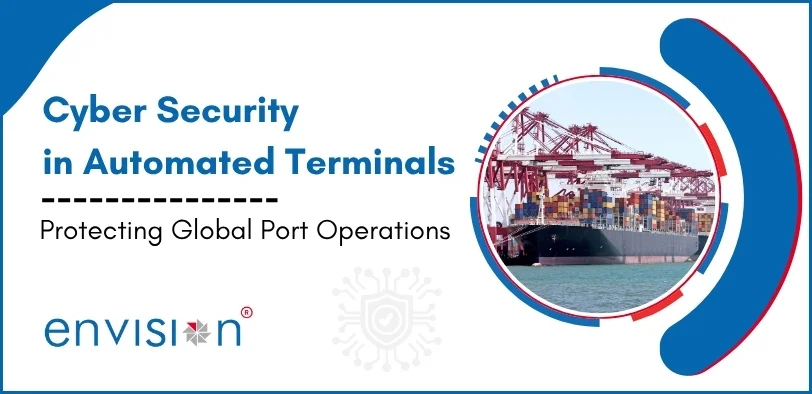




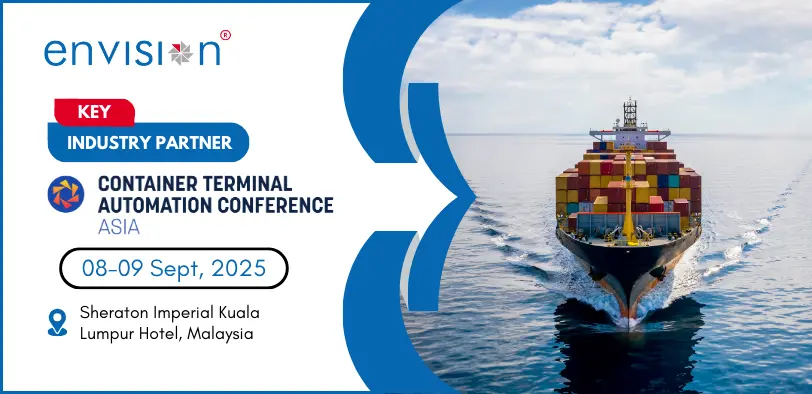
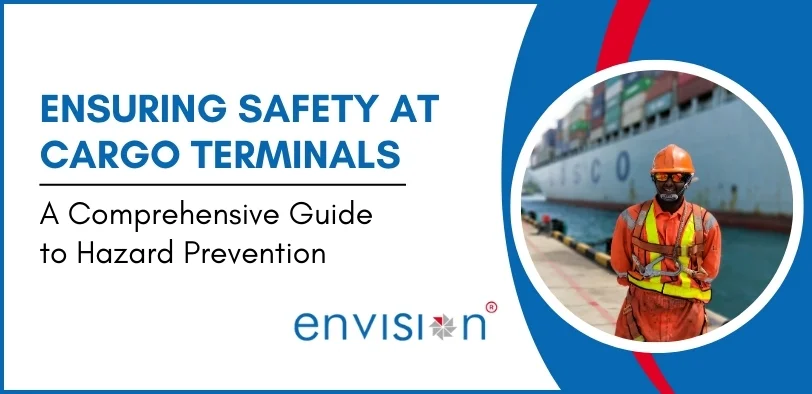

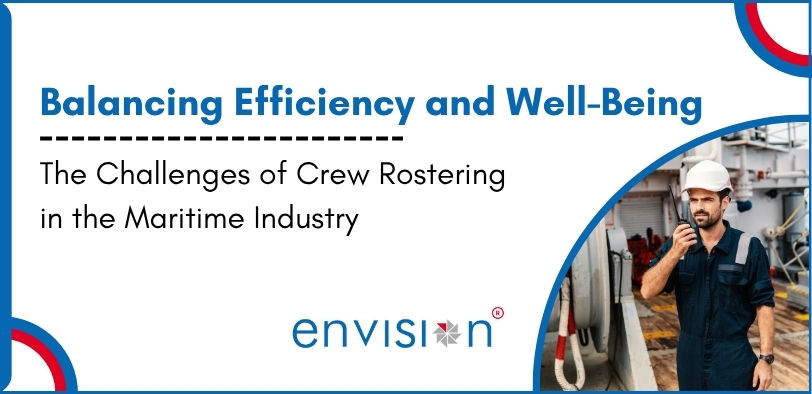
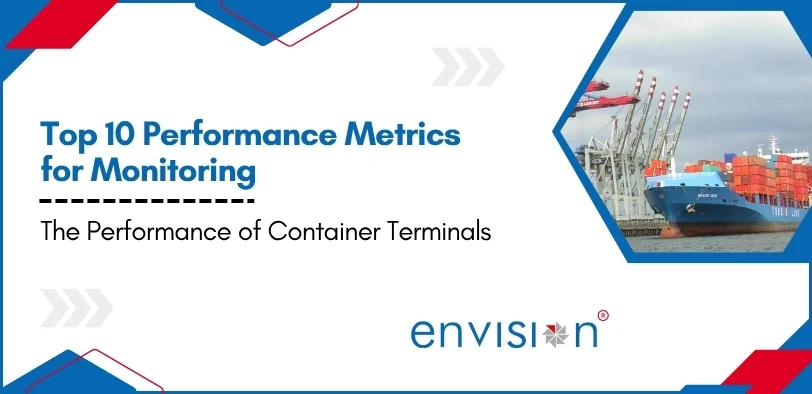
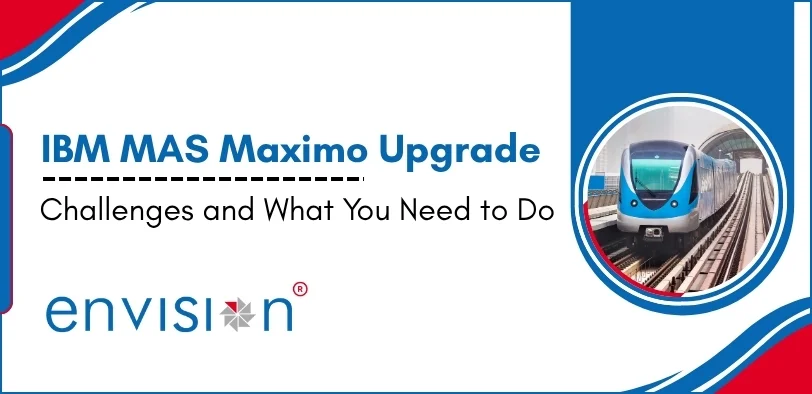
.webp)
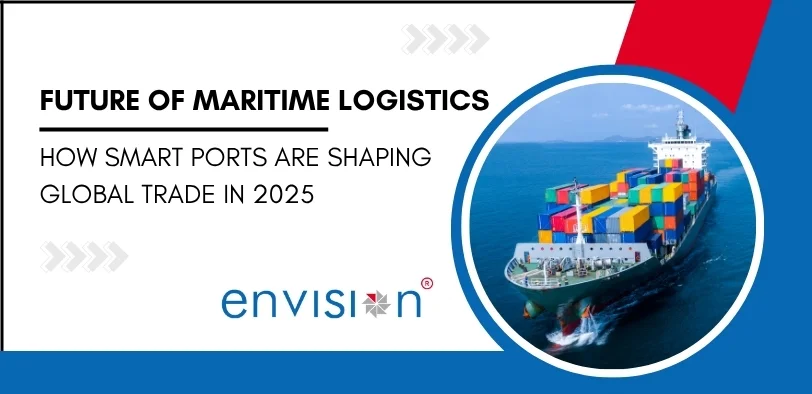







%20ver1_1.webp)







.webp)
.png)
.png)







































